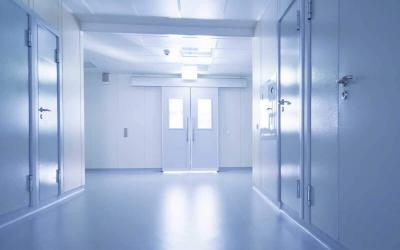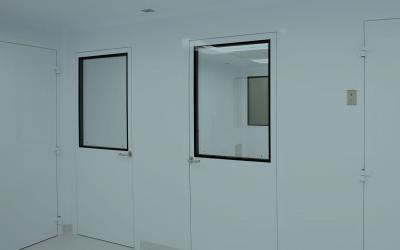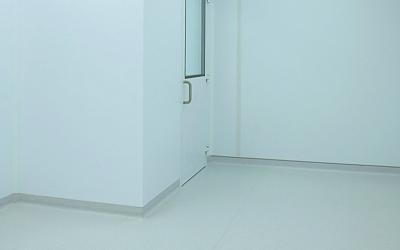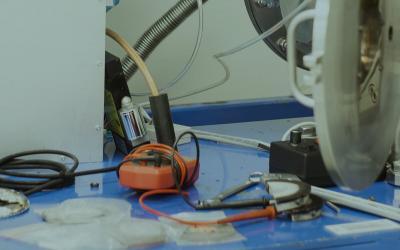What are cleanroom classifications?
Cleanrooms are classified by how clean the air is. In Federal Standard 209 (A to D) of the USA, the number of particles equal to and greater than 0.5mm is measured in one cubic foot of air, and this count is used to classify the cleanroom. This metric nomenclature is...
ASHRAE – American Society of Heating, Refrigerating and Air-Conditioning Engineers
ASHRAE, founded in 1894, is a global society advancing human well-being through sustainable technology for the built environment. The Society and its members focus on building systems, energy efficiency, indoor air quality, refrigeration and sustainability within the industry. Through research, standards writing, publishing and continuing education, ASHRAE shapes tomorrow’s built environment today. ASHRAE was formed as the American Society of
ANSI American National Standards Institute
American National Standards Institute Website As the voice of the U.S. standards and conformity assessment system, the American National Standards Institute (ANSI) empowers its members and constituents to strengthen the U.S. marketplace position in the global economy...
ABSA – American Biological Safety Association
ABSA - American Biological Safety Association ABSA - American Biological Safety Association ABSA International (ABSA) was founded in 1984 to promote biosafety as a scientific discipline and serve the growing needs of biosafety professionals throughout the world. The...
Pharmaceutical Packaging and Dispensing
PillPick® Automated Packaging and Dispensing System A pharmacy automation system, PillPick helps hospitals eliminate the opportunity for medication errors during packaging and dispensing—ultimately increasing patient safety. PillPick decreases human touches in bar...
Clean Room Windows Selection
What factors should you consider when evaluating clean room windows? When does provide visibility into a clean room operation without allowing people into the clean room operation. This promotes a cleanly environment and decreases the possibility of contamination.
The most important part of maintaining a clean environment as it corresponds to clean room windows, you want to ensure that there are minimal window ledges in the clean room environment. Ledges are a great place to collect contaminants that could set back your queen room operation.
Air Flow Systems in Clean Room Design
What are the different air flow systems used in a clean room design? There are three types of Air Flow Systems in a Cleanroom: Pressurized Plenum Ducted supply and ducted return Ducted supply and open return Pressurize Plenum Air Flow System A clean room design...
Cleanroom Doors Selection Factors to Consider
Cleanroom Doors Selection: What factors should you evaluate In this brief segment, told by a cleanroom door expert, learn the factors that should be analyzed when making a cleanroom doors selection. What factors should you consider when evaluating cleanroom doors...
Cleanroom Wall Panel Substrates, which is best for my application?
From Pharmaceutical Cleanrooms to Aerospace Cleanrooms, modular wall systems provide a durable surface that is easy to clean and can be quickly adapted to resize or shape the cleanroom. Due to the wide range of cleanroom applications, you have several factors to consider when choosing your cleanroom’s modular wall systems and your Wall Panel Substrates. When scoping a cleanroom for your business, you have to take into account the following:
Cleanroom Airflow Systems – Efficiency and Cost
The cleanroom airflow system is one of the most critical components to achieving a clean environment. Parallel to the system design and selection, air change rates are an important factor in contamination control of a cleanroom and will help determine fan and motor...
Controlled Environment & Cleanrooms
What is the difference between the terms clean room and controlled environment so much shame requirements of controlled environments Some of the same requirements of a controlled environment are similar to the requirements of the clean room. Controlled environmens'...
Clean Room Classification & Cost Implications
Clean room Classification and clean room size greatly affects the cost of a clean room, both from a planning and implementation cost perspective, as well as an operational cost perspective. Many customers will come forth with the idea that they will build a larger clean room than necessary – just in case they need the extra space. This often times results in increased operational costs and unforeseen expenses.











